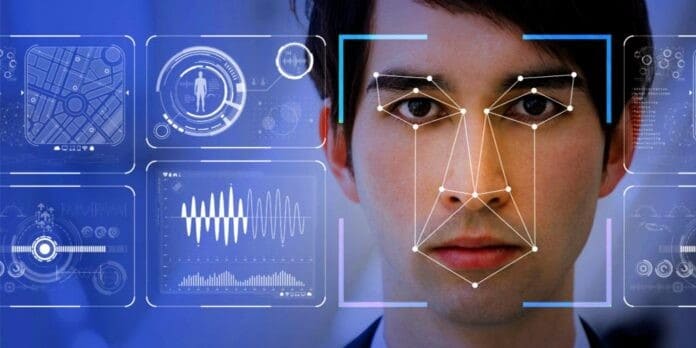Free Courses Sale ends Soon, Get It Now


Free Courses Sale ends Soon, Get It Now



Disclaimer: Copyright infringement not intended.
Context
Deep Synthesis
What is a deepfake?
China’s new policy to curb deepfakes
© 2024 iasgyan. All right reserved